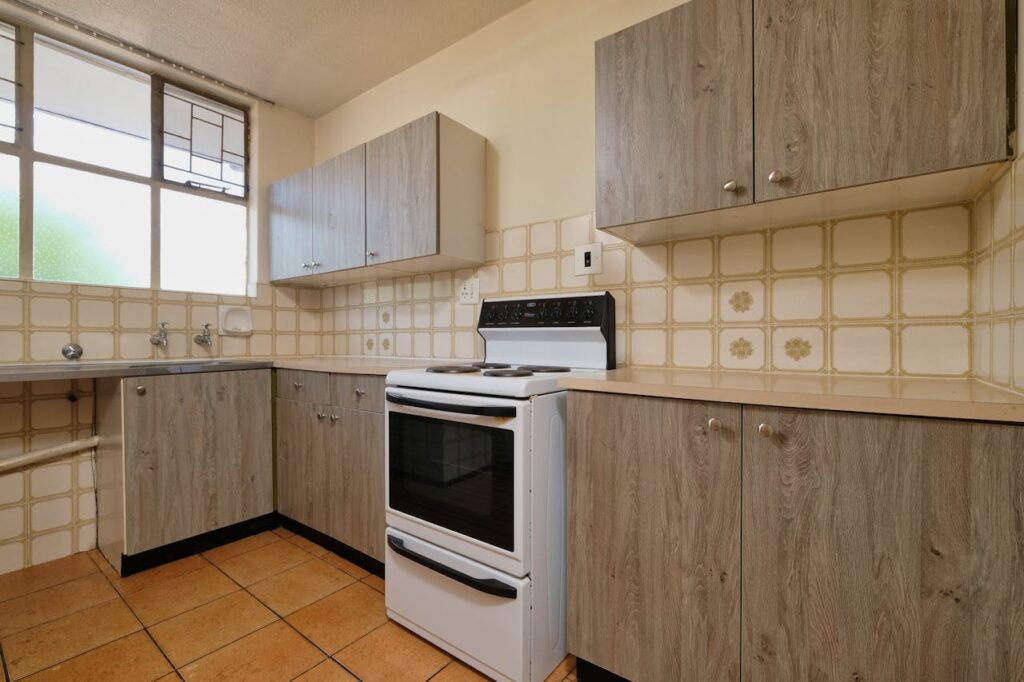Introduction
The essence of modern living is not merely about filling spaces with furniture and decor; it’s about creating areas that breathe and flow. A key to achieving this sense of spaciousness, even within confined dimensions, lies in the strategic use of built-in cupboards. These aren’t just storage solutions; they are the pillars upon which a room’s aesthetic and functional flow are built.
Understanding Visual Flow
Visual flow refers to the way our eyes move around a room, guided by its design and layout. It’s the seamless transition from one area of a space to another, creating a sense of unity and openness. A well-executed visual flow makes a room feel larger, more inviting, and cohesive. Achieving this requires thoughtful planning and design, where every element complements the other, rather than competing for attention.
The Benefits of Built-In Cupboards
Built-in cupboards offer more than just a storage solution. They are custom-fitted to your space, ensuring no valuable area is wasted. Unlike freestanding wardrobes that can look bulky and disrupt the visual flow, built-ins blend seamlessly with the walls, emphasizing the room’s height and width. They can be tailored to accommodate your specific storage needs, from wardrobes in bedrooms to additional cupboards in hallways or living areas, enhancing functionality without sacrificing style.
Planning for Maximum Space
Embarking on creating a room that feels more spacious begins with meticulous planning. Sketch out your room’s layout, considering the placement of windows and doors, and identify where built-in cupboards could be incorporated. Think vertically, utilizing the full height of your room for storage to keep the floor space clear. This planning stage is where you set the foundation for a well-designed space that maximizes both style and storage.
Design Principles for Spaciousness
Creating the illusion of more space involves adhering to several design principles. Opt for light, neutral colors for your built-in cupboards to reflect light and make the room appear larger. Incorporate mirrors into door designs to double the visual space and enhance natural light. Select materials and finishes that contribute to a light and airy feel, avoiding overly ornate styles that can visually crowd a room.
Creating a Functional and Flowing Layout
Functionality and flow are interlinked in the design of any room. Position your built-in cupboards in a way that complements the room’s layout, ensuring they improve accessibility and movement. For instance, in a bedroom, a built-in wardrobe should accommodate your dressing routine while enhancing the room’s overall flow. This consideration extends to living areas and other spaces where built-ins can define different zones within a single room without the need for physical dividers.
Customizing Your Built-In Cupboards
The true benefit of built-in cupboards lies in their customizability. From the dimensions and design to the interior organization systems, they can be personalized to your exact needs. Whether you require ample hanging space, drawers for smaller items, or specialized compartments for specific belongings, built-ins can be designed accordingly. The choice of materials, finishes, and handles also plays a significant role in aligning with the room’s aesthetic and enhancing visual flow.
Implementing Visual Tricks and Techniques
Several visual tricks can enhance the spaciousness further. Using the same color or finish for your walls and built-in cupboards creates a continuous, unbroken line of sight, making the room appear larger. Strategic lighting, both inside and around your cupboards, can also influence perception, making spaces feel more open and airy. Slim, sleek designs with minimal hardware contribute to a less cluttered look, promoting a seamless visual flow.
Maintaining Your Spacious Design
Maintaining the sense of spaciousness requires regular decluttering and reassessment of storage needs. As lifestyles change, so do storage requirements. The versatility of built-in cupboards allows for adjustments and reorganizations over time. Keeping them well-organized and clutter-free is vital in preserving the room’s openness and visual flow.
Photo by Max Vakhtbovycn
Conclusion
In the quest for creating spaces that not only look but also feel larger and more inviting, built-in cupboards emerge as a key design element. They harmonize storage needs with aesthetic desires, contributing significantly to the room’s visual flow. By carefully planning, customizing, and utilizing design tricks, these built-ins can transform any cramped space into an oasis of spaciousness. The result is a home that breathes, flows, and welcomes with open arms.
